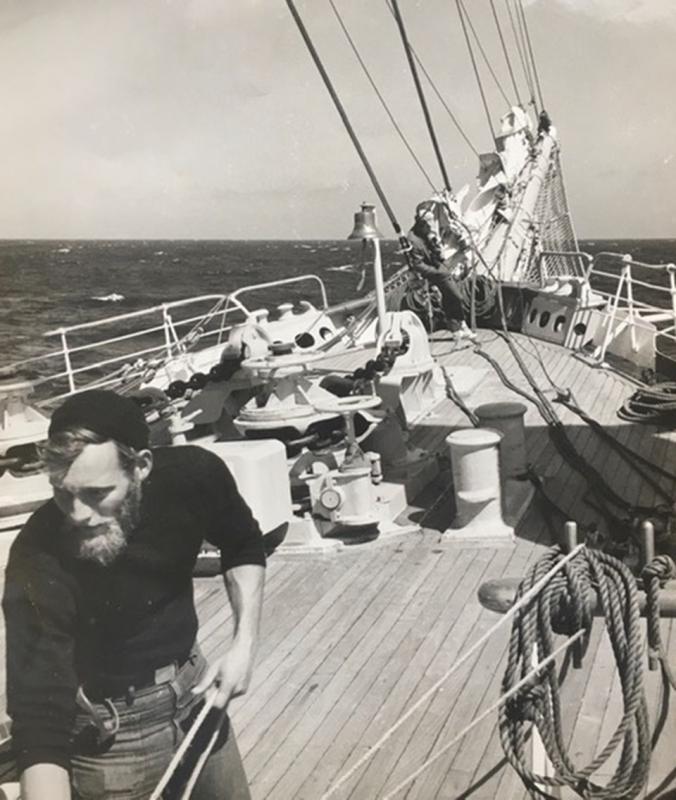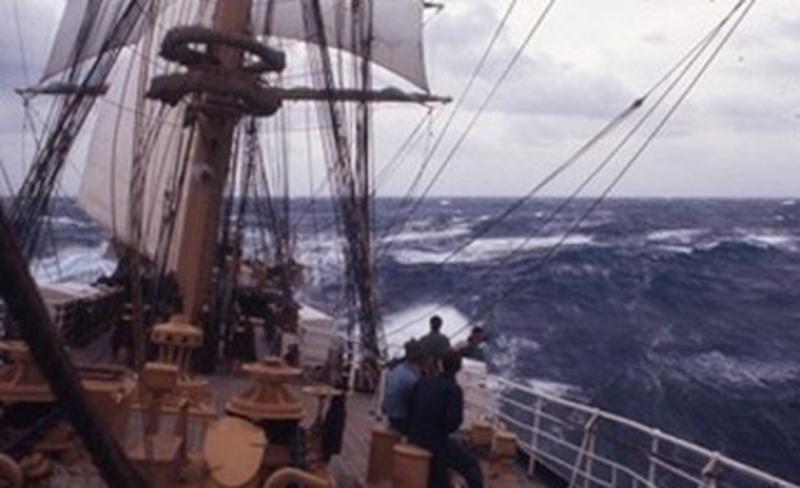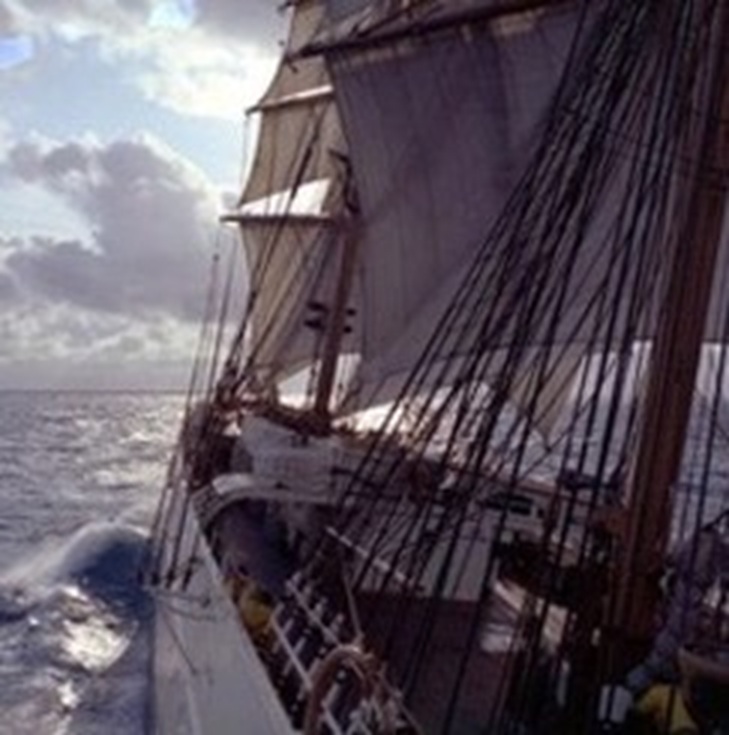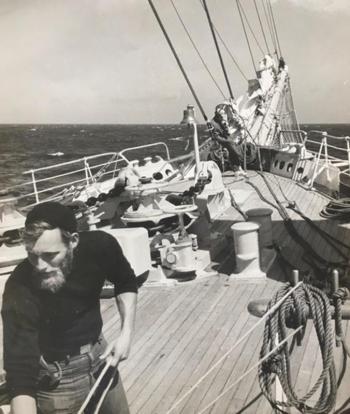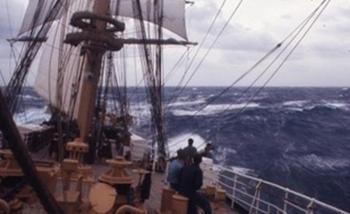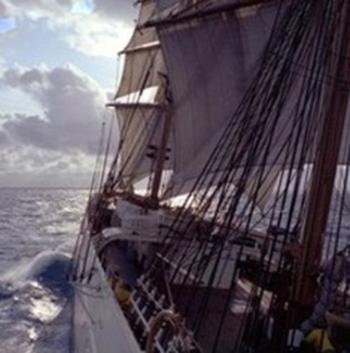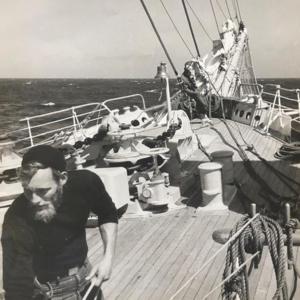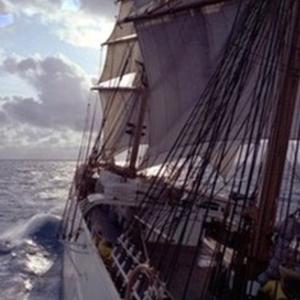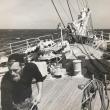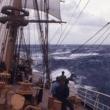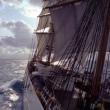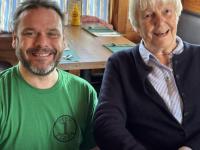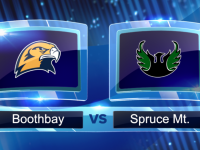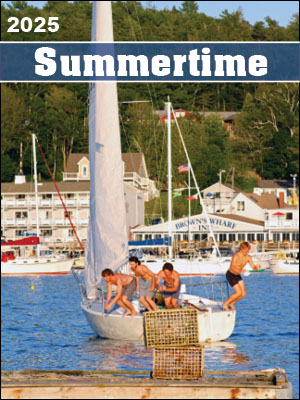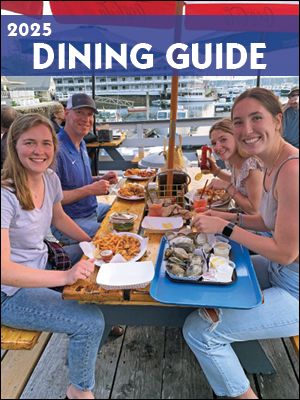My time in service, USCG Nat Wilson
The 2025 Windjammer Days will shine a spotlight on the dedicated individuals who have served, are serving, or are preparing to serve in one of the most respected branches of the U.S. military: the Coast Guard. From active-duty members and retired veterans to the bright future leaders currently enrolled at the U.S. Coast Guard Academy, we’ll explore their personal stories, their contributions to the community, and the impact they've made on the nation's maritime security. The 63rd annual Boothbay Harbor Windjammer Days will take place on Sunday, June 22 through Saturday, June 28. Please visit boothbayharborwindjammerdays.org for the full schedule of events.
During the summer of 1969 I received my draft notice. At that time I was working for Eliot Winslow as a deck hand on the ARGO. Captain Winslow advised me to take the day off, drive to Portland and sign up for the Coast Guard. On doing so, I took one of two available openings for October. I went through boot camp in Cape May, New Jersey. While there I joined the Boot Camp Honor Guard Drill team and performed at the weekly graduation ceremonies, After basic training I continued on as a member of the permanent party Honor Guard drill team. One highlight was marching in the St. Patrick’s Day Parade with the Coast Guard Band in Boston.
My primary duty assignment was at the Training Base Public Information Office. There I did layout, graphics, illustration and photography for a monthly base magazine. I also designed flyers and event programs as required. I worked under two journalists. Available to the office was an offset print shop across the hall and photo studio and photo lab.
One of our journalists had a degree in television broadcasting. His dream was to have his own puppet show. We put our heads together and made this happen. The base commanding officer gave us his approval. We were given thirty minutes of air time at 1630 on Monday at the Wildwood Public TV Station. ON GUARD catered to pre-school and kindergarten children. Charlie Nobel was the star puppet, Gullible Gull and What Knot were his ship mate puppets. Seaman Dennie was the live host. The show promoted knot tying, boating safety rule of the week and each program had a special guest from the Coast Guard. We were live on the air for twelve weeks. Our viewers could send in for an ON GUARD membership, with it they received twelve boating safety rules with their membership cards.
Soon the Public Information office staff parted ways through retirement, time in service discharge, and normal rotation. I put in a request with the personnel office for transfer to the USCG Eagle (WIX) 327. I soon had my orders to report to the Eagle in New London, Connecticut. Once onboard the Barque Eagle as permanent crew I was told to report the the Academy Sail Loft. There I began to learn the trade of sailmaking under the watchful eye of Vern Vernott. He was a veteran of twenty years maintaining and building sails for the Academy sailing fleet and small boats. My onboard duty assignment was on the foremast and the head rig. I was to keep inventory of all the sails and make repairs as needed. There were 21 in each suit with two total suit and other spare headsails. There was one original hand sewn flax mizzen staysail on board with Horst Wessel stenciled on the tack. It was made when Eagle was a German Navy training ship.
The spring cruise was to visit the Gulf States. Ports of call included Galveston, Texas, New Orleans and Mobile, Alabama. We anchored at Dry Tortugas for 12 hours to paint the ship’s topsides before entering the Mississippi River.
The Cadet crew were seasoned Eagle sailors and the cadets took charge of all level of operations.The permanent deck force stood regular watches on deck. I was a day worker repairing sails and rigging. My watch each day was the mid watch each night. The deck force maintained the rigging, helped with sail handling, oversaw cadets during tacking, waring and sail stations when all hands are required. Special sea detail duty stations were assigned to the deck force. I was assigned the ship’s wheel during those evolutions. One memorable sea detail was on the helm entering the Mississippi River as night came on. The river pilot took over the quarterdeck. The radio chatter was constant. Course changes were made constantly, as ships coming down river had the right away…I stayed on the helm all night and into the early morning until I was relieved.
The Eagle was invited to attend the Olympic sailing events in Kiel, Germany. We departed New London Navy Sound Lab on July 24 for our passage to the English Channel and the Isle of Wight. The Eagle had not made a European cruise for nine years. Sailing onboard with was a BBC film crew, and a retired Chief Petty Officer Alex Haley. For half the passage he confined himself to a cabin below to get a sense what life was like for a slave at sea. In London, England he continued research for his book Roots. We were 16 days in crossing. The westerly winds held for most of the crossing and for the last 2,000 miles to the port of Cowes on the Isle of Wight. We anchored at St Helen’s Roads without need for the main engine.
The Sail Training Association (STA) sponsored a Sail Training Race to Malmo, Sweden. The three Class A sailing vessels, Barque Eagle, German Barque Gorch Folk II and the Polish Ship Dar Pomorza began their race at the mouth of the Solent twelve miles east of the Isle of Wight and were to finish at the Skagens Rev Light Ship at the northern tip of Jutland, Denmark, over 645 nautical miles to windward in the North Sea. The best account of this race was published in the United States Naval Institute Proceedings in the February 1974 volume 100 Number 2/852. A fine movie of the race was filmed on Eagle and seems to be lost to time. On arrival in Malmo, Sweden we met crews and vessels sailing from the Baltic Sea. From Malmo we sailed in company with a fleet of sail training vessels to enter the Trave River and on to Lubeck, Germany, Horst Wessel's home port. I had the honor to give a ship’s tour to a German crew member who trained on Horst Wessel in the late thirties. In 1972 very little had changed on Eagle from her German Flag days. The main engine was of the most interest, it was still the original MAN Diesel and the same engine used on the German U Boats in the second world war. Training on Horst Wessel was a right of passage to an uncertain future in the German Navy. Returning to his ship was an emotional form of closure to his war years as a U Boat sailor. We departed Lubeck and made a passage to the Bay of Kiel and joined in the parade of sail to the Port of Kiel.
Kiel was a forest of masts with vessels from many countries. The waterfront park was in festival mode, with beer tents, music and wonderful food. Eagle was tied next to the Gorsh Folk II. Our gangway overlapped theirs. As our crew departed we would would be invited onboard the German training ship for a mug of beer or two. Singing was a big tradition on training ships. We enjoyed the singalong with them. Over night the festival vanished when the violent attacks happened at the Munich Olympic games. The cadet crew was flown home. Additional Navy personal joined our crew, plus two American hitch hikers came on board. We soon departed for home.
Our first stop was Lisbon, Portugal. Sailing with us were two Department of Transportation officials. Their mission was to ride on the high speed rail train called the Rocket between Lisbon and Porto, Portugal. A four-hour train ride at 120 mph on welded rail and returning the next day. I joined in for the ride with several other crew.
We departed Lisbon for the Island of Madeira. Our passage was excellent with strong trade winds. We had four days there to explore the wonderful island. We departed for the final leg of the voyage home. On Oct. 7 we encountered hurricane conditions, with the barometer dropping all day. By 1700 winds exceed hurricane force. (64 knots) The main lower topsail blew out and seas were running 20 feet. The gyro tumbled with heavy rolls exceeding 55 degrees. The main weather deck was flooded and in doing so washed all the coils of buntlines and clew lines off the belaying pins and washed the lines out through the freeing ports. With as many hand as could be mustered, working in knee to waist deep water we managed to pull onboard the twisted mass of manila line. When cleared, the coils were lashed to the fore and aft lifelines rigged amidship. At 2010 the main topmast staysail blew apart in 80 knot gust with seas 30 feet. The body of the sail was gone into the night. The only sails set were the fore topmast staysail and the mizzen staysail. By 0400 the wind reduced to 33 knots and the seas to 20 feet. Six crew were injured. We docked at the Navy Sound Lab in New London, Connecticut on October 13, 1972.
My time spent in the Academy Loft exposed me to a broad range of sails, and sailmakers. I met some of the best in the trade. I was sent to City Island for training at the Ratsey and Lapthorn loft. Their sailmakers recommended changes to improve Eagle’s sails. Working with Vern, those changes were made for the 1973 summer cruise to Puerto Rico and stateside ports. Changing sailcloth technology required the need for a better handling sailcloth for large wind jammer training ships and schooners. In 1995 Oceanus sailcloth was developed in partnership with myself and North Cloth, the fabric division of North Sails. Between1998 and 2004 my loft built two suits for the Eagle (WIX) 327with Oceanus. Some of those sails are still in use today.

